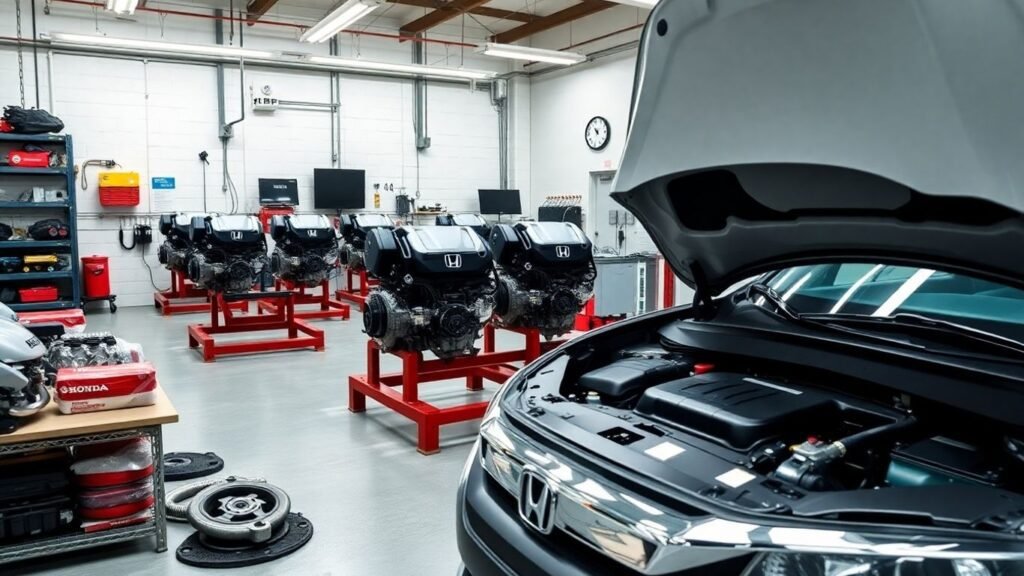Finding real Honda engines and parts can feel like a maze, especially with all the options out there in 2025. Whether you’re fixing up an old Honda or just want to keep your daily driver running smooth, knowing where to get genuine parts matters. The Honda Engine Supply market is full of choices, but not all of them are created equal. If you’re not careful, you could end up with knockoff parts or something that doesn’t fit right. This guide will walk you through how Honda gets its engines, what makes a part genuine, and how to avoid common mistakes when shopping for Honda engines and components.
Key Takeaways
- Always check for official Honda markings and packaging when buying engines or parts.
- Stick with trusted suppliers and marketplaces to avoid fake or low-quality items.
- Wholesale options might save you money if you need more than one engine or part.
- JDM stores and specialty dealers can help you find rare or discontinued Honda parts.
- Reading reviews and checking supplier info is smart before making any big purchase.
Understanding the Honda Engine Supply Chain
Getting to know how Honda engines and parts make their way from factory floor to your garage can help you make confident decisions, whether you’re a DIY mechanic or running a workshop. Honda’s engine supply chain isn’t just about moving boxes from point A to point B—it’s a living system, shaped by standards, relationships, and years of experience.
How Honda Sources Its Engines and Parts
Honda takes a hands-on, local-first approach to sourcing its engines and components. Many of their factories work closely with nearby suppliers. Production managers and buyers don’t just sit in offices; they’re on the factory floor, keeping tabs on how things are made and what challenges pop up day-to-day. This focus on the actual part and place means problems can get sorted quickly, and improvements come steadily. Honda’s philosophy encourages clear talk and teamwork. The company not only negotiates prices but dives into the details with suppliers—analyzing costs, improving processes, and sometimes even sending its own techs in to help out. This reliability and attention to detail are why Honda’s supply chain runs so smoothly.
Making engines isn’t just a technical task at Honda—it’s an ongoing conversation between plants and parts makers, where everyone works toward the same long-term goals.
The Role of OEM Suppliers in Honda’s Network
Original Equipment Manufacturer (OEM) suppliers form the backbone of Honda’s supply system. Honda carefully selects these companies, valuing openness and cooperation. Instead of being distant, OEM partners work closely with Honda—sharing data about their costs, discussing different manufacturing tactics, and even getting support if their operations hit a snag. In North America alone, Honda collaborates with hundreds of suppliers, and many have built relationships that last decades. This approach shrinks logistics costs and creates a strong foundation for quality and consistency.
| Region | Number of OEM Suppliers | Percentage of Local Sourcing |
|---|---|---|
| North America | 400+ | 80%+ |
| Ohio (example) | 180 | N/A |
Maintaining Honda’s Standards for Quality Assurance
Quality isn’t just marketing talk for Honda—it’s built into every step. When a supplier struggles, Honda will send in seasoned staff to help fix things, whether it’s a problem with a batch of parts, a hiring issue, or a manufacturing kink. All parts are checked carefully before they move forward, with tests at both the supplier site and at the Honda plant. Communication flows in both directions: if a problem comes up, Honda expects immediate news and a joint effort for solutions. Every component that carries the Honda name meets strict specs, or it doesn’t ship.
Honda’s quality checks start before a part is even made and continue all the way until it’s installed in your engine. That’s a pretty tall order, but for Honda, it’s just business as usual.
Identifying Genuine Honda Engines and Components

Knowing how to tell the real deal from a knockoff can save you a lot of hassle, especially with Honda engines and parts. Spotting genuine Honda engines and components isn’t always obvious, but there are warning signs for both authentic and fake products. If you’re not paying close attention to the small details, you might end up with something that could actually harm your car in the long run.
Recognizing Authentic Honda Markings and Packaging
Genuine Honda engines have factory stamps, usually including a clear Honda logo, a part number, and sometimes a barcode or QR code. The packaging is well-sealed, with high-quality materials, and doesn’t have misspelled words or sketchy print jobs. The serial numbers printed or etched into metal parts should match the documentation provided. If anything looks amateur or off-center, be suspicious.
| Feature | Genuine Honda | Counterfeit/Aftermarket |
|---|---|---|
| Logo Quality | Sharp, clean | Faded, off-center |
| Part Number | Matches docs | Missing or inconsistent |
| Packaging | Heavy, crisp | Thin, generic |
If you’re ever in doubt, don’t rush—take a few extra minutes to check the details. Sometimes all it takes is one weird typo or missing sticker to reveal a fake.
Avoiding Counterfeit and Aftermarket Pitfalls
Shady sellers and too-good-to-be-true deals often mean you’re dealing with fakes or low-quality aftermarket options. Websites with no reputation or sketchy payment options are huge red flags. Always buy from official Honda dealers, trusted online platforms, or sellers that offer support and returns. Lower-priced, unofficial parts might look fine at first, but their performance and lifespan are almost never tested or guaranteed.
Key Indicators of OEM Quality
Original Equipment Manufacturer (OEM) Honda parts are built to fit and function exactly as intended by Honda. OEM parts typically come with warranty coverage, a sense of reliability, and most importantly, fit just as the original part did. Weight, finish, and measurements are identical to the factory specs. Aftermarket parts might feel lighter, have slightly different connectors, or lack Honda-specific engravings.
A lot of buyers focus just on the cost and overlook these markers. It’s an expensive mistake if what you get doesn’t fit or jeopardizes your engine’s health.
Navigating Honda Engine Supply Options in 2025
Wholesale Versus Retail Purchasing Channels
Buying Honda engines or parts in bulk has a different feel compared to grabbing what you need from a retail shop. Wholesale channels typically offer much better prices per unit, but you’ll need to commit to a minimum order – sometimes a lot more than you actually need unless you’re a shop or reseller. On the flip side, retail outlets are easier for individuals or smaller repairs, providing more flexibility but at a higher price. Here’s a quick comparison for 2025:
| Channel | Minimum Order | Price Per Engine (USD) | Shipping Time | Support |
|---|---|---|---|---|
| Wholesale | 5-10 units | $1,300 – $1,800 | 7-20 days | Dedicated rep |
| Retail | 1 unit | $1,900 – $2,400 | 2-10 days | Standard customer service |
| Online Marketplace | 1-5 units | $1,500 – $2,100 | 3-14 days | Varies |
Sometimes it feels tempting to order wholesale if you see those savings, but remember storage and resale can be a bigger headache than you think for most folks.
Benefits of Online Honda Engine Marketplaces
Shopping for Honda engines online in 2025 is pretty normal, honestly. Marketplaces have grown so much—they list a wide range of engines and parts, usually with reviews and some sort of buyer protection.
The biggest advantage is you can compare dozens of suppliers and prices side by side, with detailed info and shipping options usually visible right away. Whether you’re looking for OEM parts or even rare engines, it’s much faster and easier to check availability across the country, or even worldwide. Sellers tend to add condition reports and sometimes even short warranty coverage, which is something you may not get buying off-the-books from a guy in your neighborhood.
Comparing International and Local Suppliers
There’s always the question: should you look overseas, or stick with suppliers close to home? International suppliers—usually from Japan or the US—can sometimes offer lower prices and access to rare engines or JDM models, but there’s the waiting game and import fees.
Local suppliers usually offer a quicker turnaround and easier returns, but their range may be smaller and prices a bit higher. If you’re after a unique engine, international can be worth it, especially if you don’t mind jumping through some shipping and customs hoops. Local is simpler for those who don’t want the risk or hassle.
Before you hit that order button, really weigh the savings and choice against delivery times and after-sales support—finding a real person to talk to can make all the difference if something’s not right when your engine gets there.
Tips for Sourcing Rare and Discontinued Honda Parts

Utilizing JDM Parts Stores and Platforms
If you’ve ever tried to track down a rare or discontinued Honda part, you know it can feel like searching for a needle in a haystack. JDM (Japanese Domestic Market) parts shops and online platforms are often your best bet. Many of these stores specialize in direct imports from Japan, giving you access to parts not found in North American outlets. They typically post detailed listings, including part numbers and compatibility info, so you know what you’re getting before you buy.
Sometimes, that hard-to-find item pops up when you least expect it—someone in a forum mentions a shop in Osaka, or you get lucky browsing late at night, but being patient and persistent pays off.
Connecting with Specialty Dealers and Collectors
A lot of the time, general auto stores don’t have the inventory for rare Honda components. Instead, specialty dealers and Honda collectors might have what you need—or at least a lead on who does. These folks tend to know the ins and outs of Honda parts dating back decades. They might even have access to discontinued stock or refurbished originals. Conversations can go a long way here, and making real connections can mean getting that almost-impossible-to-find part.
Verifying Fitment and Compatibility
One big pitfall: buying a rare part, only to find out it doesn’t fit. Always double-check exact model numbers, production years, and series codes before committing to a purchase. Never assume just because a part is labeled "Honda" it’s guaranteed for your specific model. Tables like the one below can be a lifesaver while searching:
| Part No. | Compatible Models | Years | JDM/USDM |
|---|---|---|---|
| 12345-ABC-001 | Civic Si, CRX | 1995-1998 | JDM |
| 23456-DEF-002 | Accord | 1998-2001 | USDM |
If you’re confused, always reach out to the seller. The reliable ones are quick to help and usually know the exact details you need.
Best Practices for a Reliable Honda Engine Supply Experience
You wouldn’t believe how many stories I’ve heard from folks who tried to buy a Honda engine on the cheap, only to end up with something that barely ran or never arrived. If you want an engine that fits, runs well, and actually shows up, there are a few steps you can’t ignore.
Conducting Supplier Background Checks
The first thing I always do when considering a new engine source is check their background – not just a glance at their website, but digging through registrations, business licenses, and any trade association memberships. A legit seller will have verifiable paperwork and won’t hesitate to show proof. If they get cagey, it’s time to move on. Real suppliers usually have a track record you can confirm, including a solid listing of past customers or large orders filled. Sometimes I’ll even reach out to those customers directly to hear how things really went.
| Checkpoint | Questions to Ask | What to Look For |
|---|---|---|
| Registration | Are they officially registered? | Valid business documents, local government records |
| Order History | Who else have they supplied? | Repeat buyers, big names, or resellers |
| Payment Methods | How do they accept payment? | Secure, traceable options, not only wire transfers |
Trusting your instincts is important, but it’s even more helpful to back those feelings up with facts about the business you’re dealing with.
Reading Reviews and Assessing Service Quality
Reviews say a lot, but I try to look past the obvious five-star spam. It’s the details – those long-winded posts about shipping delays or parts not matching descriptions – that matter. If a seller gets consistent negative feedback about failing to resolve issues or misrepresenting products, I walk away. Real businesses that value their reputation tend to address complaints fast and go out of their way to help. Sometimes a rough review even turns into a positive follow-up if the seller fixes things fast.
Ensuring Secure Transactions and Shipping Policies
Always ask about the shipping and return policy before sending any money. Safe suppliers offer clear policies with tracking numbers, insurance options, and sometimes even return windows if the part doesn’t match what was shown. I’ve had times where a seller sent an engine but refused to issue a tracking code — huge red flag.
| Transaction Factor | Red Flag Example | Good Practice Indication |
|---|---|---|
| Payment Requests | Cash, untraceable payments | Credit card, escrow service, verified PayPal |
| Shipping Terms | Vague/no tracking | Full tracking, insurance, clear return policy |
At the end of the day, a bit of caution upfront means you’ll save money, time, and headaches down the road when sourcing Honda engines or parts.
The Importance of Using Genuine Honda Engine Parts
Impact on Performance and Longevity
Original Honda engine components are built to last and keep your car running the way it should. You might not notice the difference at first if you switch to aftermarket or generic parts, but as time and miles add up, the original pieces keep engines smoother, quieter, and more reliable. Honda engineers make their parts to fit exactly, without odd rattles or fits. Over the long term, a genuine Honda part brings better fuel efficiency and less worry about unexpected breakdowns.
| Part Type | Average Lifespan (Genuine) | Average Lifespan (Aftermarket) |
|---|---|---|
| Timing Belt | 80,000 miles | 50,000 miles |
| Water Pump | 100,000 miles | 60,000 miles |
| Spark Plugs | 30,000 miles | 20,000 miles |
It’s amazing how a few small parts can decide whether you’re stranded after work or home on time for dinner.
Warranty and After-Sales Considerations
When you use genuine Honda engine parts, you keep your vehicle’s warranty active. Most warranties require the use of OEM parts for any repair or replacement, so using off-brand pieces might mean you’re out of luck if something major goes wrong. And because original parts are tracked and registered, you get better support from Honda customer service if there’s ever an issue.
Protecting Vehicle Value and Safety
Maintaining your Honda with real parts doesn’t just keep it running well—it also keeps your vehicle worth more if you ever decide to sell or trade it in. Dealers and buyers tend to shy away from cars with knockoff components, and accidents have happened because of substandard replacements. Genuine Honda parts protect not just your investment but your safety and that of everyone else who rides with you.
It’s comforting to know that each bolt and gasket under the hood was meant for your car—no guessing, just peace of mind.
Conclusion
So, that’s pretty much everything you need to know about finding real Honda engines and parts in 2025. Whether you’re fixing up an old Civic or just trying to keep your mower running, getting genuine Honda stuff makes a difference. There are a lot of options out there—some good, some not so much. Take your time, double-check sellers, and don’t be afraid to ask questions if something feels off. It might take a bit of effort, but finding the right engine or part is worth it in the long run. Your Honda will thank you, and you’ll probably save yourself a headache or two down the road. Good luck with your search!

